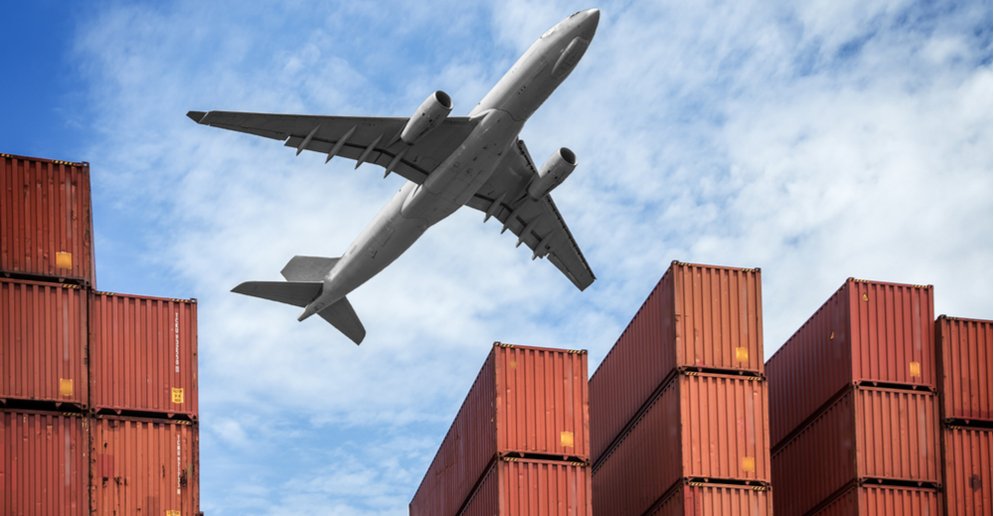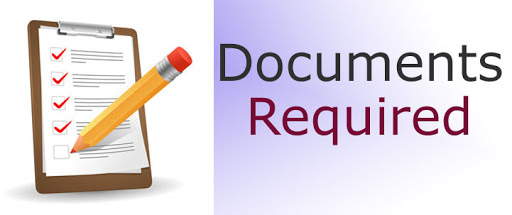- By TOP CHINA FREIGHT
- September 26, 2025
- Air Freight, Shipping
Table of Contents
Air freight China to South Africa has become a vital logistics solution for businesses needing fast and reliable delivery of goods. Shipping between the two countries has expanded rapidly, especially in sectors such as electronics, machinery, textiles, and pharmaceuticals. While sea freight remains a cost-effective option, air cargo ensures urgent and high-value shipments reach South Africa in days instead of weeks, offering speed, security, and efficiency that global supply chains demand.

Why choose air freight from China to South Africa?
Air freight provides unmatched speed compared to ocean shipping. While sea freight can take 25–35 days, air freight typically delivers in 3–7 days. Additionally, South Africa’s key hubs such as OR Tambo International Airport (JNB) and Cape Town International Airport (CPT) maintain strong connections with Chinese airports like Shanghai (PVG), Guangzhou (CAN), and Shenzhen (SZX).
Key benefits include:
- Fast delivery for urgent shipments
- Secure handling for high-value cargo
- Reliable schedules with daily flights
- Simplified supply chain management
How much does air freight China to South Africa cost?

Air freight costs depend on shipment weight, volume, season, and airline. Rates are often calculated by chargeable weight (actual vs volumetric weight).
| Weight Bracket | Average Rate (USD/kg) | Typical Use Case |
|---|---|---|
| 45–100 kg | $6 – $8 | Small electronics, spare parts |
| 100–300 kg | $5 – $7 | Bulk samples, garments |
| 300–500 kg | $4.5 – $6 | Machinery parts, pharmaceuticals |
| 500+ kg | $4 – $5.5 | Large, consolidated shipments |
Tip:
Consolidating cargo or booking early helps reduce costs
What is the transit time for air freight?
Transit times vary based on direct flights, routing, and customs clearance.
| Route | Transit Time (Airport to Airport) | Door-to-Door Delivery |
|---|---|---|
| Shanghai (PVG) → Johannesburg (JNB) | 1–2 days | 5–7 days |
| Guangzhou (CAN) → Cape Town (CPT) | 2–3 days | 6–8 days |
| Shenzhen (SZX) → Durban (DUR, via JNB) | 2–4 days | 6–9 days |
Therefore, planning ahead and choosing direct routes whenever possible reduces delays.
What documents are required for customs clearance?

Shipping goods by air requires accurate documentation.
| Document | Purpose |
|---|---|
| Commercial Invoice | Declares value for customs |
| Packing List | Lists cargo details |
| Airway Bill (AWB) | Contract between shipper & airline |
| Certificate of Origin | Proves country of manufacture |
| Import Permits (if needed) | For restricted goods |
Mistakes in paperwork often cause customs delays, so working with an experienced freight forwarder is essential.
Air freight vs sea freight vs courier: which is best?
| Method | Cost | Transit Time | Weight Limit | Customs Handling | Best For |
|---|---|---|---|---|---|
| Air Freight | Medium–High | 3–7 days | Flexible | Forwarder assists | Urgent, high-value goods |
| Sea Freight | Low | 25–35 days | Unlimited | More complex | Bulk, low-cost cargo |
| Courier/Express | Highest | 2–5 days | Usually <100 kg | Simple | Small parcels, samples |
For shipments above 100 kg, air freight usually provides the best balance between speed and cost.
Key industries using air freight between China and South Africa
Smartphones, laptops, and components require fast, secure delivery.
Medicines and vaccines depend on reliable cold-chain air transport.
Retailers rely on air freight for fast restocking.
Manufacturing sectors need urgent replacements to avoid downtime.
Seafood, fruits, and flowers are transported swiftly to maintain freshness.
Case study: Electronics shipment from Shenzhen to Johannesburg

A South African electronics distributor urgently required 350 kg of smartphone accessories. Shipping by sea would take more than 30 days, risking stockouts during peak sales season. Instead, the goods were shipped via air freight Shenzhen to Johannesburg.
- Transit time: 5 days door-to-door
- Cost: $5.50/kg (including handling)
- Documents: Invoice, packing list, AWB
- Outcome: Distributor avoided stock shortages, increased sales, and strengthened supplier relationships.
This demonstrates how air freight protects supply chains in competitive markets.
Challenges in air freight from China to South Africa
While efficient, air freight faces common challenges.
- Capacity shortages – Peak seasons strain airline capacity.
Solution: Book early and consider flexible routes. - High costs – Air freight is more expensive than sea freight.
Solution: Use consolidation services and negotiate long-term rates. - Customs delays – Incorrect paperwork causes clearance issues.
Solution: Work with experienced forwarders for compliance. - Sustainability concerns – Air freight has a higher carbon footprint.
Solution: Offset emissions and optimize supply chains.
How to reduce air freight costs effectively?
Larger shipments lower per-unit cost.
Avoid peak holiday seasons.
Share cargo space with other shippers.
Reduce volumetric weight charges.
Forwarders secure better rates.
How Does Cargo Type Influence Air Freight Costs?
1.Weight & Volume:
Airlines calculate charges mainly by weight and volume, but cargo type adds extra cost factors.
2.High-Value Goods:
Electronics, luxury items, and medical equipment require added security, insurance, and handling.
3.Perishables & Pharma:
Cold chain, special containers, and monitoring raise costs compared to general cargo.
4.Dangerous Goods:
Chemicals, batteries, and flammable products follow IATA rules, needing documentation, labels, and safety packaging.
5.Lightweight Cargo:
Textiles and consumer goods may cost less per kg but face higher volumetric charges if bulky.
What Role Does Packaging Play in Successful Air Shipping?
1.Cost Impact:
Lightweight yet durable packaging reduces chargeable weight and keeps costs down.
2.Cargo Safety:
Use corrugated cartons, foam inserts, or reinforced edges for fragile items like electronics or glass.
3.Handling Risks:
Goods are moved multiple times between China and South Africa; poor packaging risks damage or delays.
4.Special Cargo Needs:
Perishables need insulated boxes or dry ice; dangerous goods must follow IATA-approved packaging and labeling.
5.Customs Compliance:
Clear labeling and accurate documentation speed up clearance and reduce extra fees.
Conclusion
Air freight China to South Africa provides a fast, reliable, and secure way to move goods between two major trade partners. Although it is more costly than sea freight, the benefits of reduced transit time, improved supply chain reliability, and suitability for high-value cargo outweigh the expense for many businesses. With proper planning, document preparation, and the right freight forwarder, companies can optimize costs and ensure smooth deliveries.
Need a Shipping Quote?
If you want expert guidance and peace of mind, our team is ready to assist.
TJ China Freight offers tailored solutions to help businesses of all sizes ship more reliably from China.

FAQ
Q1:How much does air freight cost from China to South Africa?
Typically between $4–$8 per kg, depending on weight and route.
Q2:How long does shipping take by air?
Most shipments arrive in 3–7 days, including customs clearance.
Q3:Which airports are commonly used?
Major hubs include Shanghai, Guangzhou, Shenzhen in China, and Johannesburg, Cape Town in South Africa.
Q4:Do I need special documents?
Yes, at minimum an invoice, packing list, airway bill, and sometimes permits.
Q5:Can I ship perishables by air freight?
Yes, with temperature-controlled solutions to maintain freshness.
